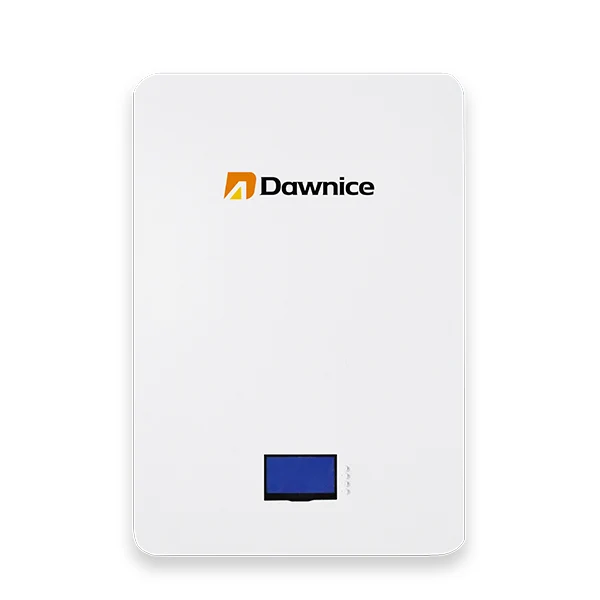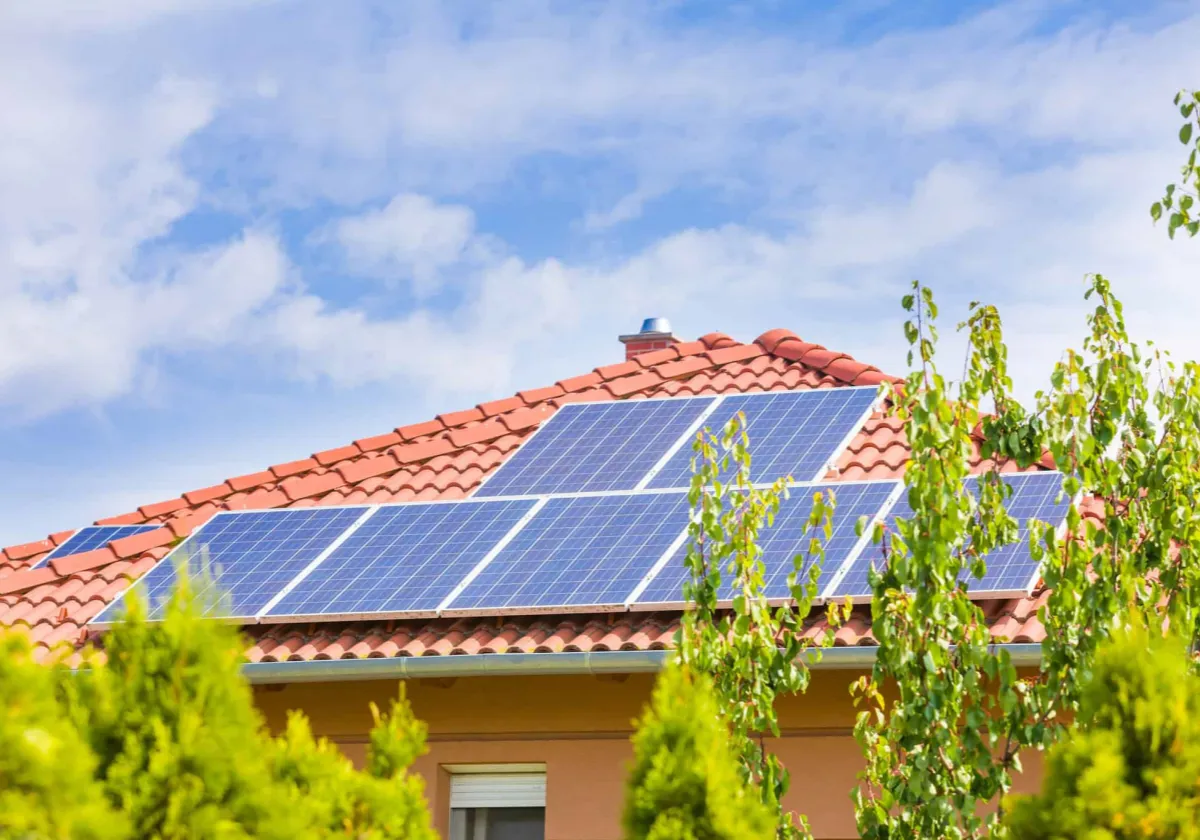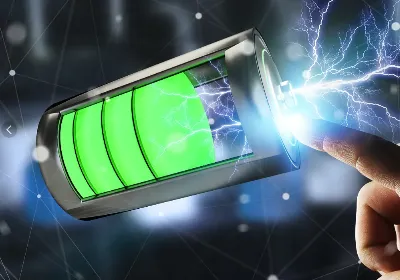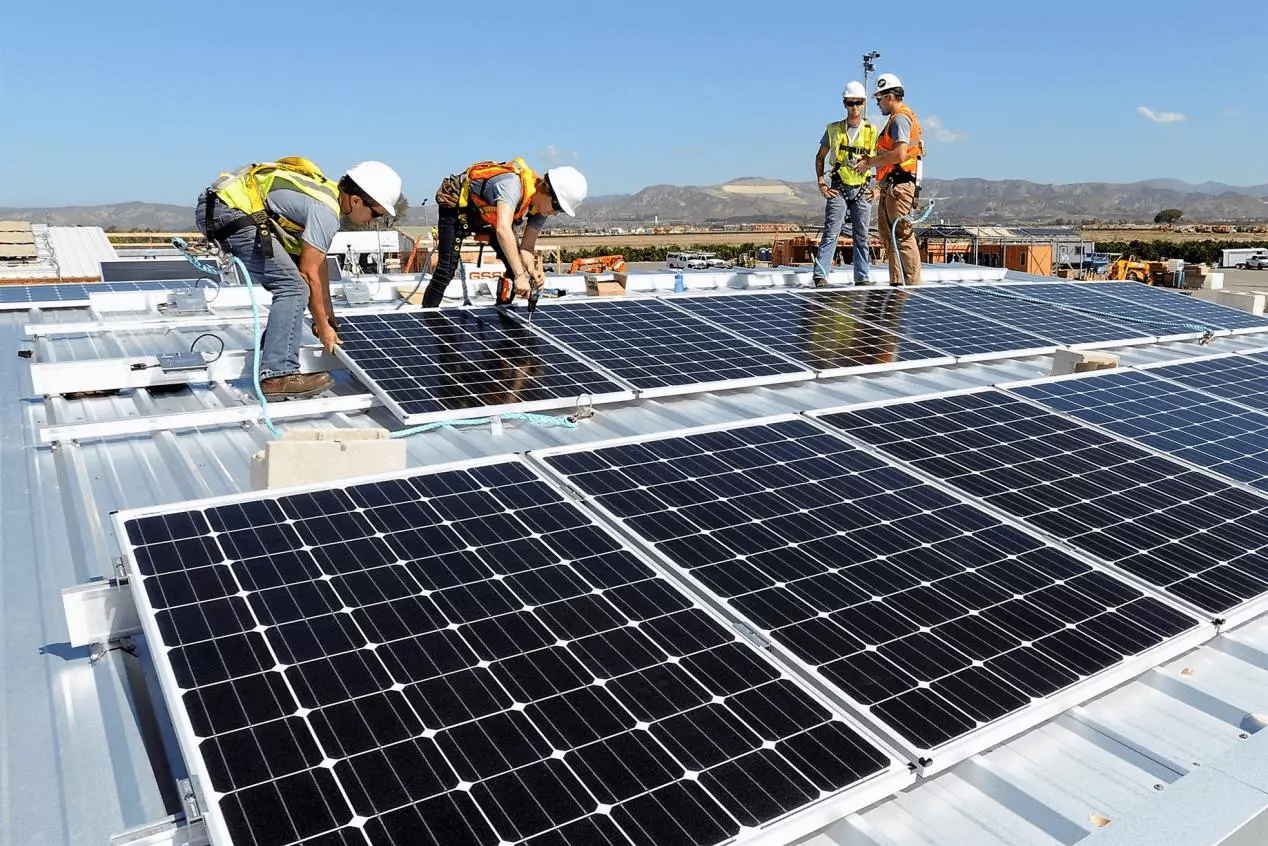The Three Types of Solar Inverters – Central Inverter, String Inverter and Micro Inverter
The Three Types of Solar Inverters – Central Inverter, String Inverter and Micro Inverter
The inverter is the heart of the photovoltaic power generation system. Solar inverters are generally divided into three types: central inverters, string inverters and microinverters.
Central inverters

This central inverter can be paired with a commercial building.
Central inverters are the most common type of solar inverter, especially for large-scale solar installations. They are designed to handle a high DC input voltage and convert it to a lower AC output voltage. A central inverter typically connects to a group of solar panels, known as a string, and then to the grid. Central inverters are efficient and cost-effective for large-scale installations, but the performance of the entire solar array can be affected if one panel in the string is shaded or damaged.
Central inverter’s capacity is usually above 500kW, high power, low cost, The power grid regulates good,However, there must be a good match between photovoltaic groups, once cloudy, partial shades or a single series failure will affect the efficiency and electrical capacity of the entire photovoltaic system. The maximum power tracking voltage range of the central inverter is narrow, component configuration is low flexibility, short power generation time, need a dedicated computer room with ventilation and heat dissipation. It is mainly suitable for utility-scale photovoltaic power stations.
String inverter

This battery storage system with Deye inverter is paired with a residential rooftop solar array in Sri Lanka. Photo by Christine Smith.
The string inverter is a separate maximum power peak tracking of several groups (generally 1-4 groups) of photovoltaic groups. After the DC power is turned into AC power, it is incorporated into the AC grid, A string inverter can have multiple maximum power peak tracking modules. The capacity of the string inverter is generally below 100kW, Its advantages are that there can be no voltage and current without matching the maximum power peak tracking module. When a component fails or is blocked by the shadow, it will only affect its corresponding maximum power peak tracking module in a few sets of power generation, which has no effect on the system as a whole.The maximum power tracking voltage range of the inverter is wide, The component configuration is flexible, long power generation, can be installed directly outdoors.
Compared to a central inverter, The price of string inverter is slightly higher, When a large number of string inverters are connected, it is necessary to inhibit the occurrence of resonance in technology. String inverters mainly used in distributed power generation systems, it can also be applied in a centralized photovoltaic power generation system.
Micro inverter

Micro inverter is a separate maximum power peak tracking of each photovoltaic component. After the inverter is passed, the DC transaction is merged into the AC grid.
Micro inverters are designed to be installed on each solar panel in a PV system. They convert DC power to AC power at the panel level, which means that the performance of each panel is independent of the others. This can result in higher overall system efficiency and more power generation, particularly in shaded or unevenly lit areas. However, micro inverters are more expensive than central or string inverters, and they require more labor to install.
In summary, central, string, and micro inverters are the three main types of solar inverters. Each has its own advantages and disadvantages, and the choice of inverter depends on the specific needs and characteristics of the solar PV system.






